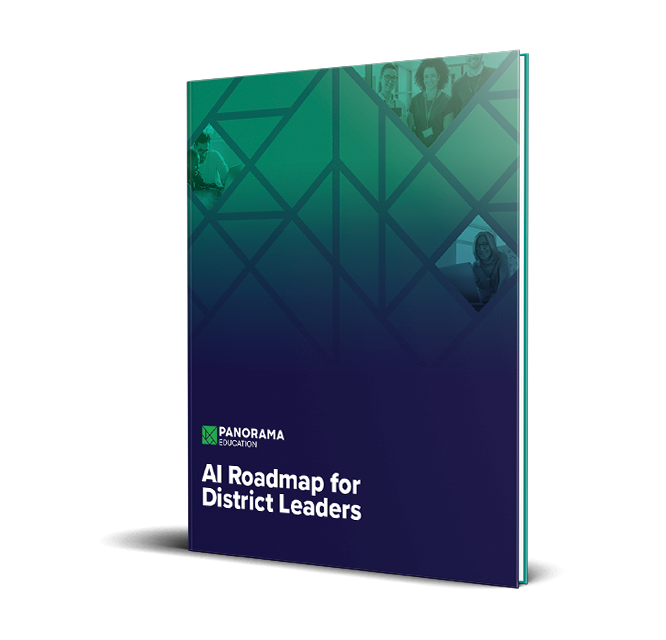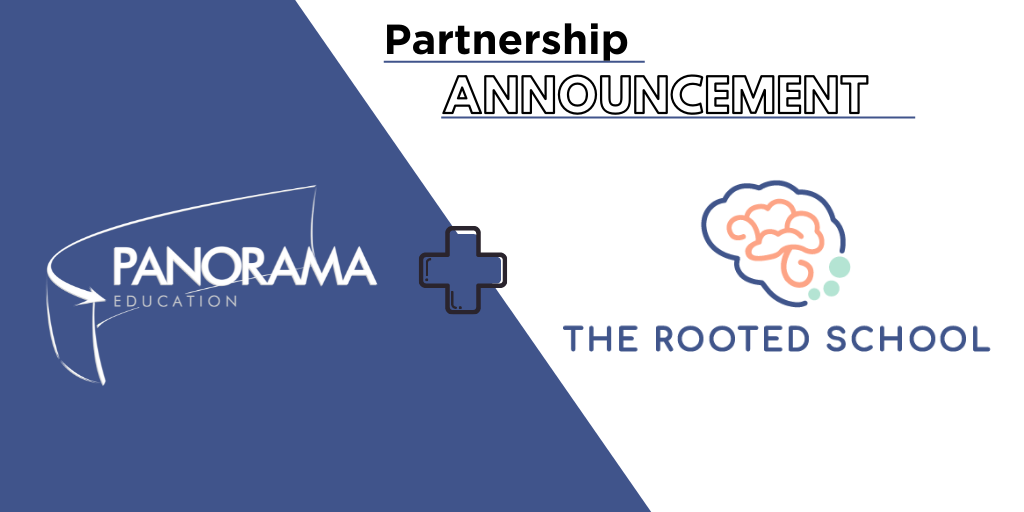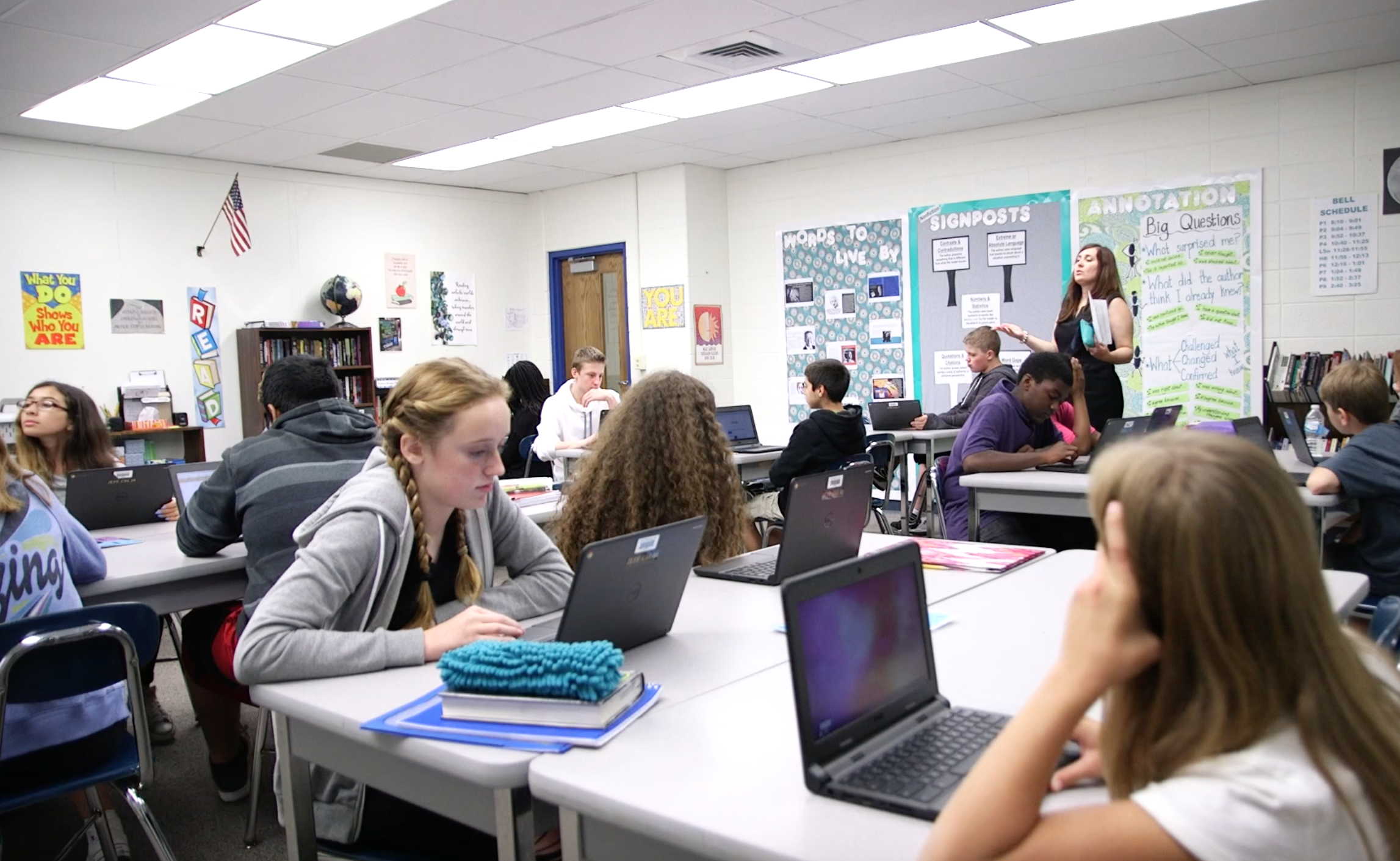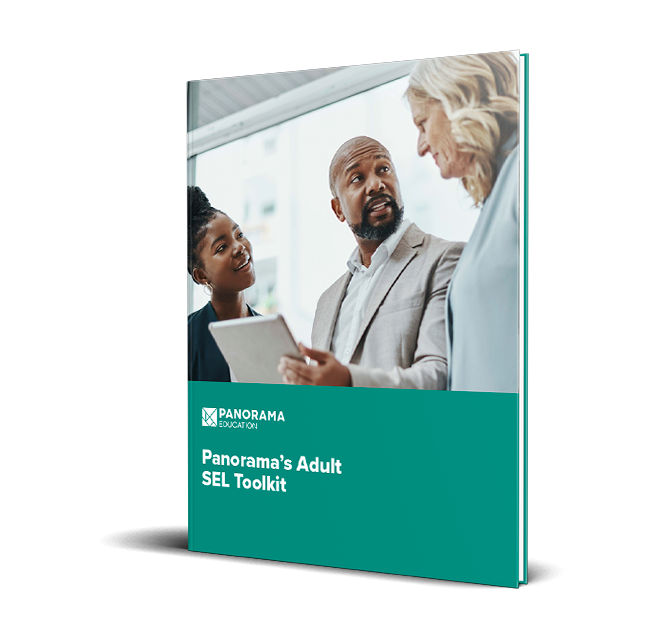With levels of stress, anxiety, and trauma at all-time highs for students, teachers, and staff, practicing mindfulness in schools is more important than ever before.
Accountability pressures in K-12 education start as early as kindergarten. Hectic schedules cause teens to get less sleep due to stress. The average high school student reports feeling stressed 80 percent of the time. And the demands of the education profession are immense, which can have a significant impact on teacher wellness.
While not a silver bullet, practicing mindfulness can help relieve the stressors of school, work, and life. As an educator, you may not know where to start. How can you make time for self-care to protect your own mental health? How can you incorporate mindfulness exercises into meetings with colleagues and/or interactions with students?
This guide is an overview of mindfulness for educators. You'll learn how to engage in your personal mindfulness practice, how to cultivate mindfulness skills in students or other adults, and how to introduce mindfulness in your school district.
Download: Adult SEL Toolkit for 2020-21 [includes educator self-care strategies!]
I. Benefits of Mindfulness for Educators
II. Practice a Mindful Breathing Exercise
III. Sample Mindfulness Exercises
IV. Tips for Facilitating Mindfulness Exercises
What the Research Says About the Benefits of Mindfulness
Mindfulness, or the practice of being aware of and accepting your present moment without judgment, teaches individuals to breathe, focus, and connect themselves to the present moment.
Children who are in a comfortable, safe, and relaxed environment are better equipped to excel as learners. Mindfulness supports the creation of a positive school climate and can help build inclusive, trauma-sensitive, and equitable learning communities.
Emerging research illustrates the many benefits of mindfulness practice as an effective stress-reduction tool for students and for educators.
- Individuals who regularly practice mindfulness have seen decreases in stress levels, emotional over-excitement and depression symptoms
- Mindfulness is associated with increases in emotional well-being and self-compassion. A 2014 study found that elementary school students who participated in biweekly mindfulness sessions for six weeks exhibited higher levels of well-being, lower stress levels, less negative emotions, and better behavior in comparison to peers who did not participate.
- School-based mindfulness instruction is shown to improve psychological functioning in children and reduce trauma-associated symptoms among vulnerable students.
- For educators, cultivating stress management and emotion regulation skills can help alleviate the stress and demands of the teaching profession while creating more positive learning environments for students.
- Several pilot studies show that mindfulness training can increase educators’ overall job satisfaction, improve their quality of sleep, and increase both their self-compassion and self-regulation skills.
Whether you are teaching in an elementary school, middle school, high school, or even at a higher education institution, teaching mindfulness can help to advance students' emotional learning and overall well-being.
"Individuals who regularly practice mindfulness have seen decreases in stress levels, emotional over-excitement, and depression symptoms."
Practice a Mindful Breathing Exercise
Let’s try an experiment together. Whoever you may be, wherever you are, and whatever you are doing in this moment, let’s pause and take a deep breath in through your nose and release it gently through your mouth.
Next, explore a body posture that feels most supportive to you in this moment. You can stay exactly as you are, or perhaps you can explore sitting, laying down, standing up, or another option that feels right to your body.
Now, take a slow deep breath in through your nose for three seconds. If this feels safe for you, hold this breath for a count of three seconds. Then, exhale slowly through your mouth for three seconds. Pause for three seconds. Repeat this cycle a few more times—inhale, hold, exhale, pause—for three seconds each.
What did you notice about your body and mind during this experiment?
Perhaps you experienced a variety of thoughts, sensations, and feelings ranging from relaxation and peace, to curiosity and hopefulness. The relaxing sensations that you experienced are just a few of the many benefits that mindfulness provides. With teachers, staff, and students on the front lines of a new, uncertain education system for the 2020-21 year, our school communities are in need of this calming and stress-relieving practice now more than ever before.
Sample Mindfulness Exercises
What are ways to incorporate mindfulness in the classroom?
The path to teaching mindfulness for others begins with your own well-being and social-emotional health. When educators embody the same well-being practices that they hope to teach their students, the outcomes for students and teachers are amplified.
Through Panorama's daily mindfulness webinars, we've heard from thousands of educators around the world about how they incorporate mindfulness into their (now digital) classrooms. Here are just a few examples:
- Providing a ‘feelings wheel’ to students so that they can check-in with each other and share how they feel during Feelings Friday
- Starting virtual Morning Meetings with a few deep breaths
- Using writing prompts to help students reflect on how they feel before and after mindfulness training exercises
- Leading breathing exercises to begin phone calls with families
Next, let’s talk about tips for facilitating mindfulness exercises for others.
Tips for Facilitating Mindfulness Exercises
1. Use inclusive language and trauma-sensitive practices.
Adverse Childhood Experiences (ACEs) are a common source of trauma in the lives of children and youth. The effects of trauma are well documented, including negative impacts on learning, physical and mental wellness, the ability to form healthy relationships, and lifelong development. A few ways we can create inclusive learning spaces for mindfulness are to:
- Use invitation-based language and always provide an open-eyed option. ("If it feels safe and comfortable for you, you might choose to close your eyes or you might choose to keep them open. Explore what feels best for you in this moment.")
- Encourage students to listen to the signals from their body. ("Notice…")
- Affirm all types of participation and provide options. ("Perhaps you want to take a few deep breaths with the class or perhaps you want to journal. Any option you choose is OK and accepted.")
- Avoid negative framing. ("You shouldn’t be thinking about your thoughts right now.")
- Be aware of unintentionally reinforcing stereotypes. ("Introverts, this should be easier for you since you are used to being silent.")
2. Provide space for personal reflection.
When students reflect on their experience of mindfulness exercises, they are better positioned to identify the benefits and incorporate the exercises into their daily routines. A few questions that can prompt student reflection are:
- How do you feel after bear belly breathing?
- How did it feel to find two words to describe your present moment experience?
- When in your day might it be helpful for you to use these strategies?
Depending on your students' needs, consider providing sentence stems to support their reflection after completing a mindfulness meditation.
- After bear belly breathing, I feel...
- Two words to describe me now are...
- I can use bear belly breathing when...
3. Know yourself and your audience.
To achieve our vision for our students’ well-being, educators must embody wellness in their own lives and in their teaching practices. Bring your authentic self to your facilitation and share your own journey of practicing mindfulness.
Get to know your students, and adjust your guidance accordingly. For example, if your students are visual learners, consider showing videos of shapes that mimic deep breathing. If you are working with younger students, avoid making students sit for extended periods of time and consider using props, song, movement, stuffed animals, and storytelling to introduce and engage them. Consider integrating a few minutes of mindfulness practice into the beginning of your lesson plans. The goal is to create a safe, consistent, and comfortable environment in your classroom that contributes to the feel of a mindful school.
Now, let’s return to our experiment from the "practice" section of this guide.
Take a few deep breaths and reflect on two words that describe your feelings in this present moment. Perhaps, like many of us living through this global pandemic, your two words seemingly oppose each other. Peaceful and angry. Hopeful and sad. Calm and confused. As you ponder your two words, can you explore accepting them as they are, without judging them or trying to change them?
No matter where you are on your journey of mindfulness practices, listen to your body and discover the most supportive choices for what your body needs during your practice.
By doing so, you can deepen your self-awareness and further embody the well-being we wish for ourselves and our students.
To explore more mindfulness strategies, download our Adult SEL Toolkit.






